A Salmon fish without bones, guts, and skin is referred to as a salmon fillet and is best used for cooking salmon dishes using different cooking methods ranging from baking, poaching, grilling, broiling, air, and pan frying.
The cooking methods require different procedures with different cooking duration, and you do not have to be scared of trying all the methods out as the cooking isn’t time-consuming.
Before embarking on your cooking adventure, check out the cooking duration for each method.
How Long To Cook Salmon Fillet?
Based on different methods, a broiled salmon fillet takes 5 to 8 minutes to get cooked perfectly; the cooking duration for a baked salmon fillet is 15 minutes, while it will require you to fry a salmon in a skillet for 10 minutes.
Poaching is another method for cooking salmon, and it will require 10 minutes to get it perfectly cooked; a salmon fillet cooked on a grill will spend up to 15 minutes on the grill with the sides flipped at the appropriate time( if needed).
To have a well-cooked salmon on your dining table, your foil-wrapped salmon will take 10 to 12 minutes to cook when placed on a grill.
Is It Better To Bake Salmon At 350 or 400 Degrees F?
It depends on the product you desire. A Salmon baked at 400 degrees F gives the fish a brown color and makes the skin crispy, while one baked at 350 degrees F gives the salmon a milder flake. However,400 degrees F is the recommended cooking temperature for your salmon.
How To Skin A Salmon Fillet?
You do not have to stress yourself in getting a salmon fillet if you have a whole salmon fish at home, as the following procedure is a perfect guide to skinning your fillet.
- Ensure your knife is sharp with a long, wide blade, such as a chef’s knife.
- Place your salmon fish on a kitchen board with a skin side facing down.
- Start separating from the tail side by sliding a sharp knife between the skin and flesh.
- You can also cut the salmon into fillets before separating the skin from the flesh.
- You can maintain the skin on the other side except if you want to poach the fillets, as the skin protects against the flesh.
- Pluck the pin bones off the fillet center with a tweezer or plier.
- Wrap in a plastic bag or foil and keep in the fridge.
How To Bake A Salmon Fillet?
Salmon fillet can be baked in your mini oven at home following the step-by-step procedure using the following basic ingredients;
- Salt
- Pepper, garlic, or other seasonings.
- Olive oil or melted butter
Step One: Preheat Your Oven
Preheat your oven to the standard temperature,400 degrees F, or desired temperature ranging from 350 to 400 degrees F.
Step Two: Prepare Your Baking Pan and Salmon Fillet
Rub your roasting pan with olive oil or line it with a baking sheet or aluminum foil well-rubbed with olive oil. Then, oil your salmon fillets but dry them with a paper towel if you are using a frozen fillet.
Rub your salmon fillets with a few drops of oil to enable the seasonings to stick well to the surface of the fish. Ensure that the oil is just a few drops, as excess oil will not give your meaty fish the crispy texture desired, as salmon contains high levels of oil.
Step Three: Put Salmon Fillets In the Oven
Place your salmon fillet in the oil-rubbed roasting pan with the skin facing down before putting it in the oven.
Step Four: Allow To Bake
Bake for 15 to 20 minutes, but check after 10 minutes to ensure your salmon fillets do not overcook, as the cooking duration also depends on the size and thickness of the fillets.
Check the state of your salmon fillets by checking the color and the temperature using a thermometer.
What Temperature Signifies That My Salmon Fillet Is Well Done?
The level of doneness depends on your preference; each temperature from 110 degrees F shows each level. However, the recommended temperature depicting the perfect level of doneness by the Food and Drug Administration is 145 degrees F.
| Level Of Doneness | Temperature |
| Rare | 110 degrees F |
| Rare | 115 degrees F |
| Medium rare | 120 degrees F |
| Medium rare | 124 degrees F |
| Medium | 125 degrees F |
| Medium | 130 degrees F |
| Mediumly done | 135 degrees F |
| Almost done | 140 degrees F |
| Well Done | 145 degrees F |
| Overcooked | Above 145 degree |
How To Select The Best Salmon Fillet To Cook?
Choosing a bad salmon fillet will alter the cooking duration for each fillet, so you need to be able to identify a high-quality salmon fillet when you see one.
The first thing to check is the salmon’s color, which depicts the freshness level and the fish’s health. A good salmon fillet fit for cooking is usually a bright orange color with no brown edges and changes to a light peach color when cooked.
The smell of the salmon fillets is the next thing to look out for. The smell also reveals the state of the fish. Smell the salmon for a fresh sea smell; any smell apart from that means the fish is not best for consumption as bacteria have started acting on it.
However, you might have a semi-spoiled fish with a sea smell and a bright orange color, so you need to check further by doing a press check. Press the salmon with a finger; if the fillet comes back to its original position, your fillet is still fit for consumption, but if it does not, then do not consume.
If you find it difficult to identify a good fresh salmon, go for a frozen salmon. A frozen salmon fillet is always good, as ice inhibits the bacteria responsible for spoilage. You can be sure of getting nutrients from a frozen salmon fillet.
How Do I Identify A Cooked Salmon Fillet Through Colors And Texture?
Adequate information on the color and texture of a salmon fillet from the raw state to the cooked state is another important means to identify a cooked salmon.
| Salmon Fillet State | Color | Texture |
| Raw Salmon Fillet | Bright Transparent orange, red or pink depending on the fillet’s variety. | Soft |
| Undercooked Salmon Fillet. | Pink on the inside and light pink or orange on the outside. | Slightly firm |
| Perfectly Cooked Salmon Fillet | Light peach color on the outside or opaque pink on the outside. Transparent pink or light peach on the inside. | Firm and a bit moist |
| Overcooked | Orange on both inside and outside. | Dry and very firm |
What To Serve With Cooked Salmon Fillets?
A well-cooked salmon fillet is best served with numerous side dishes ranging from vegetables, rice, and wines such as;
- Sautéed garlic green beans
- Sweet potato chips with ketchup
- Mashed sweet potatoes
- Roasted Parmesan Rosemary Potatoes.
- Cilantro lime rice
- Coleslaw
- Lemon butter broccolini
- Roasted brussels sprouts
- Asparagus with hollandaise sauce
- Cucumber and dill salad
- Noodle Salads

Oven Baked Salmon Recipe
Ingredients
- 1 lb. fresh salmon fillet
- 1 tbsp. olive oil
- 1 tsp. salt
- 1/2 tsp. black pepper
- 1/2 tsp. garlic powder
- 1/2 tsp. paprika
- 1 lemon, sliced
Instructions
- Preheat your oven to 400°F (200°C) and line a baking sheet with parchment paper.
- Rinse the salmon fillet under cold water and pat it dry with paper towels. Place the salmon on the prepared baking sheet, skin side down.
- Drizzle the olive oil over the salmon, spreading it evenly with a brush or your fingers.
- In a small bowl, mix the salt, black pepper, garlic powder, and paprika together. Sprinkle the seasoning mixture over the salmon, making sure to cover the entire surface.
- Place the lemon slices on top of the salmon, spacing them evenly.
- Bake the salmon for 12-15 minutes, or until it is cooked through and flakes easily with a fork. The exact cooking time will depend on the thickness of your salmon fillet, so keep an eye on it and adjust the time as needed.
- Remove the salmon from the oven and let it rest for a few minutes before slicing and serving.
Video
Notes
- Choose a fresh salmon fillet that is firm and has a bright color. Avoid any fillets with a strong fishy odor or slimy texture.
- You can substitute the spices with your favorite seasoning blend, such as Italian seasoning or Cajun seasoning.
- For a sweeter and tangier flavor, you can add a tablespoon of honey or maple syrup to the olive oil before brushing it over the salmon.
- Don’t overcook the salmon as it can become dry and tough. The internal temperature of the salmon should reach 145°F (63°C) for safe consumption.
Conclusion
One thing you have to be conscious of when using salmon fillet for any of the cooking methods is the skin. Ensure the fillet has a skin covering on one end, as this will protect the layer when cooking, although you do not need the skin when using the poaching method.
Furthermore, the cooking duration depends on the cooking methods and the thickness of the salmon fillets.


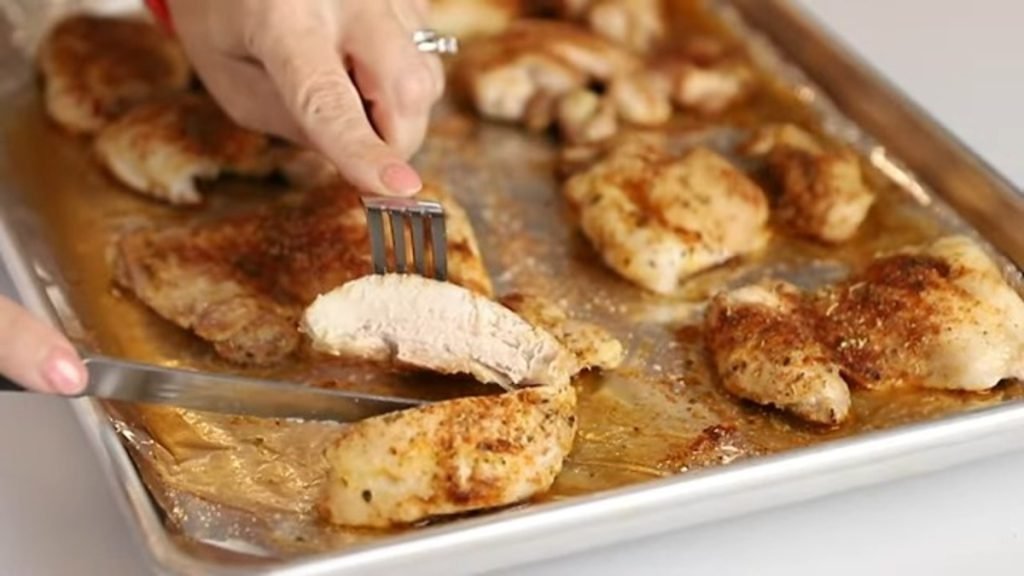


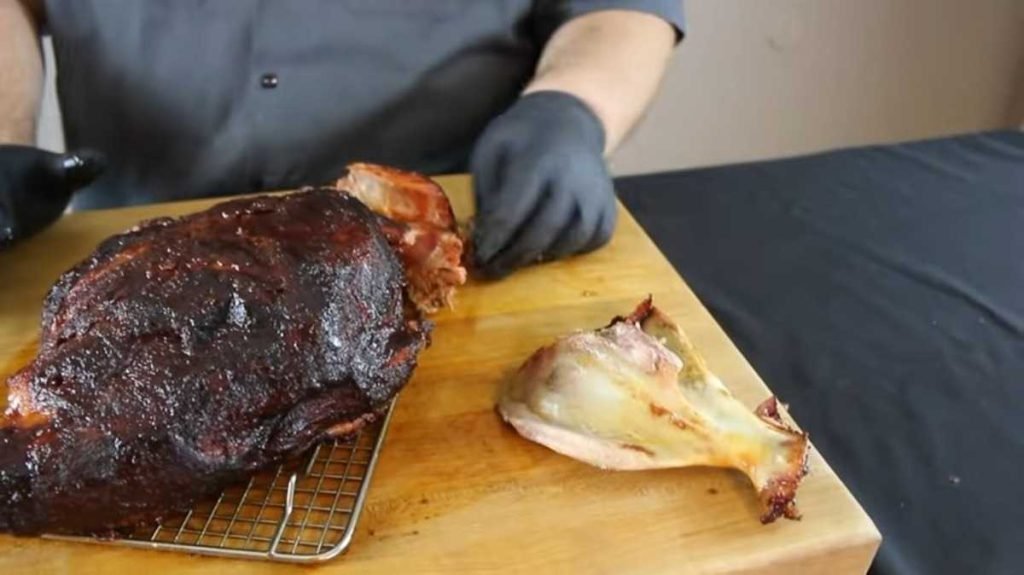
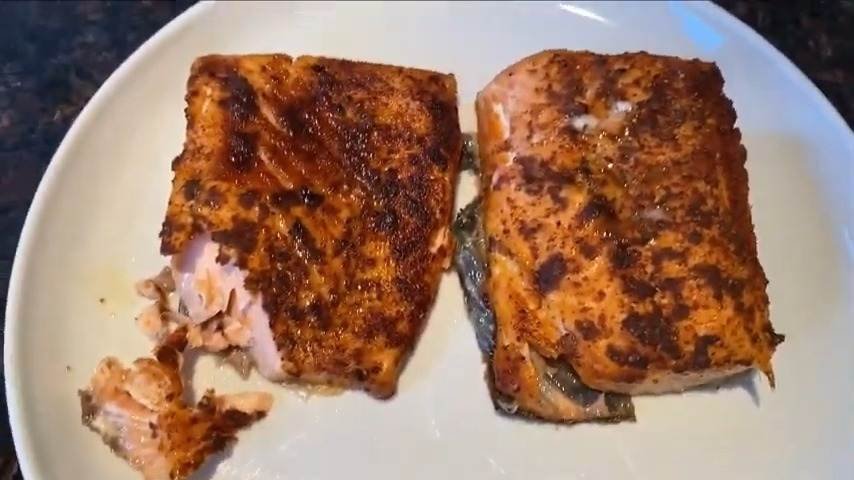


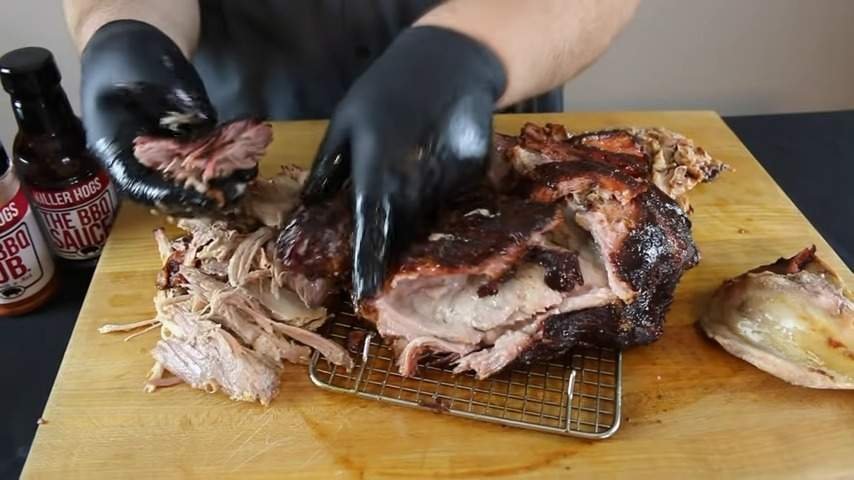
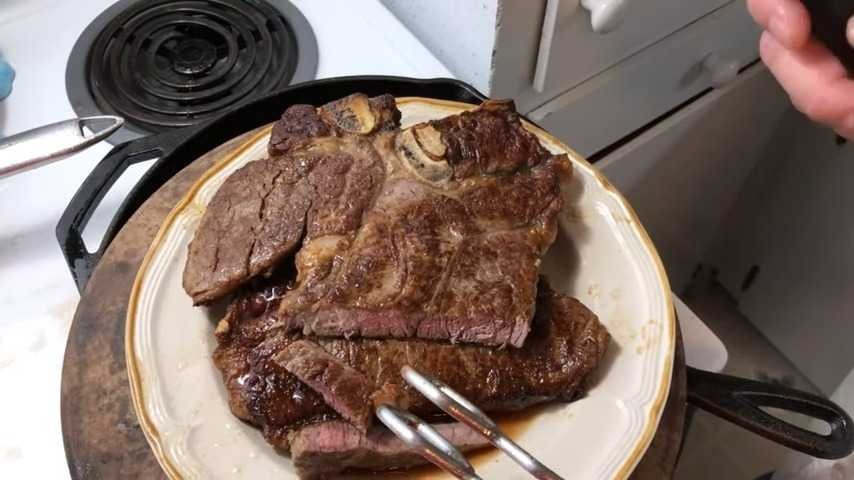
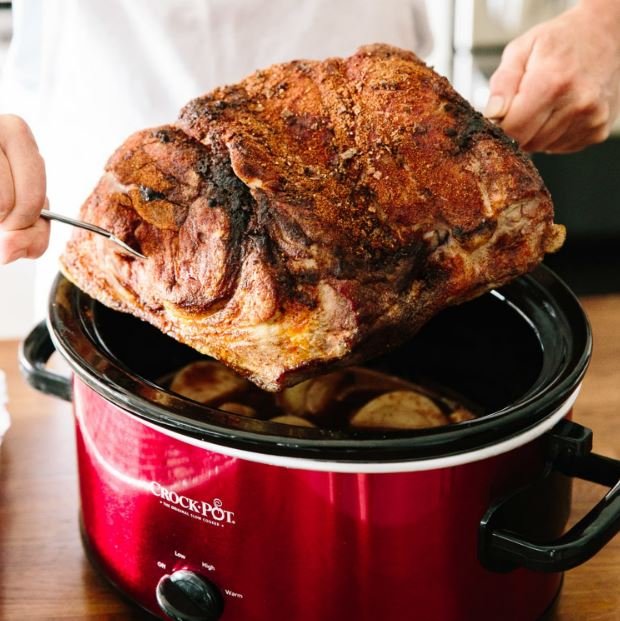
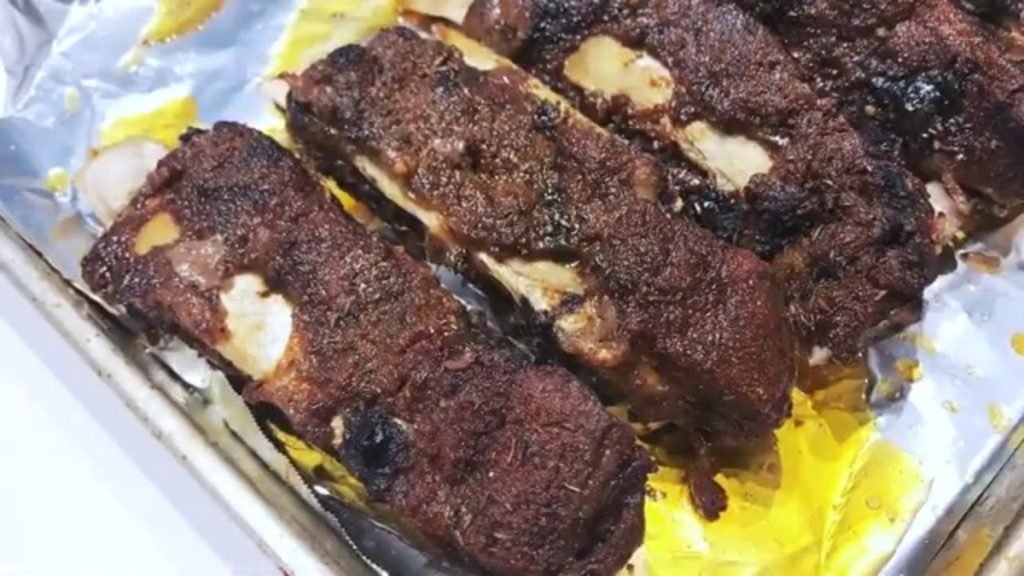
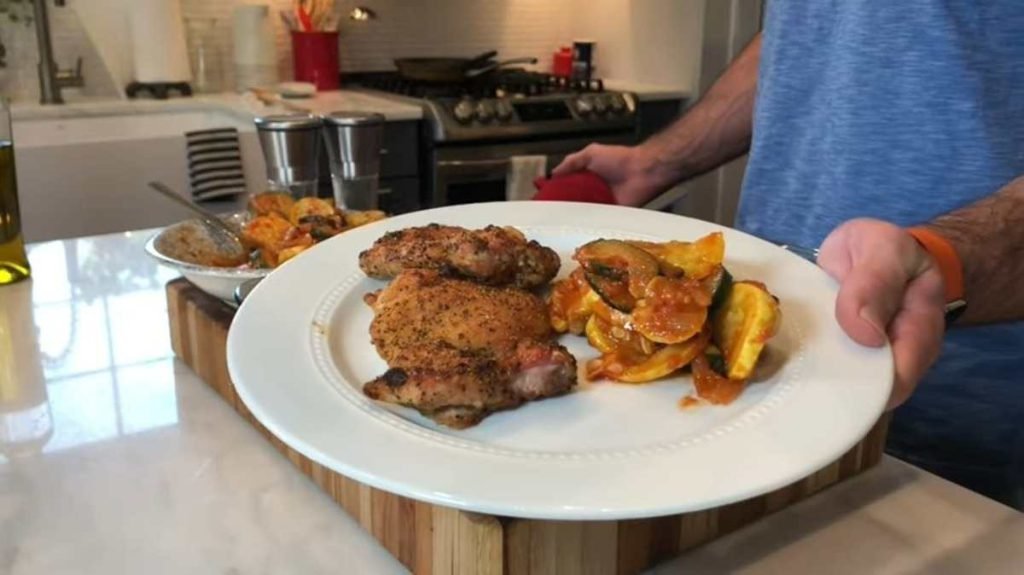
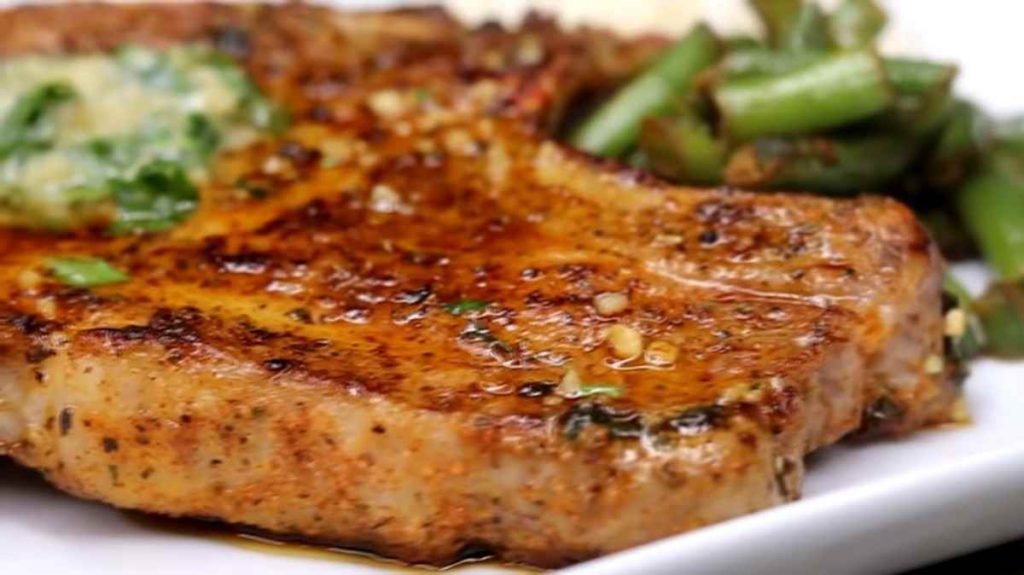
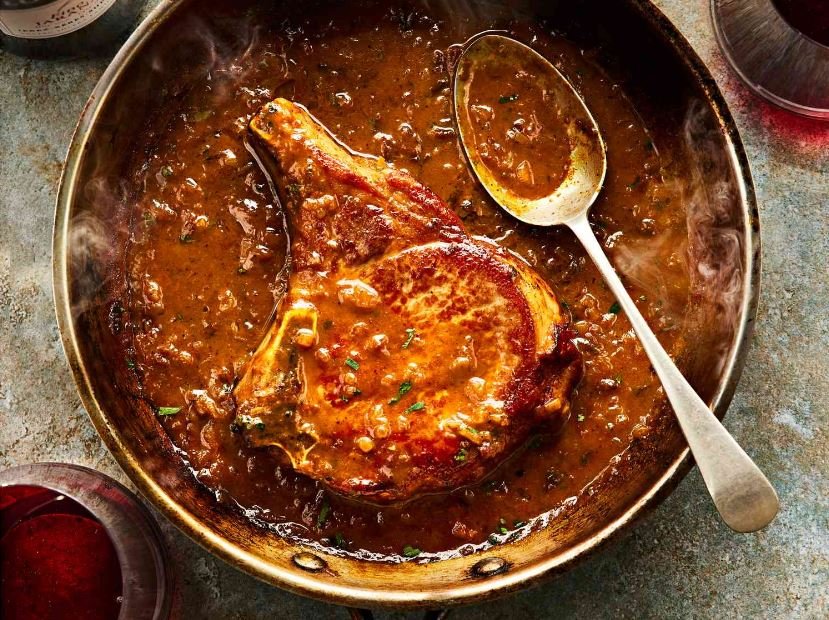
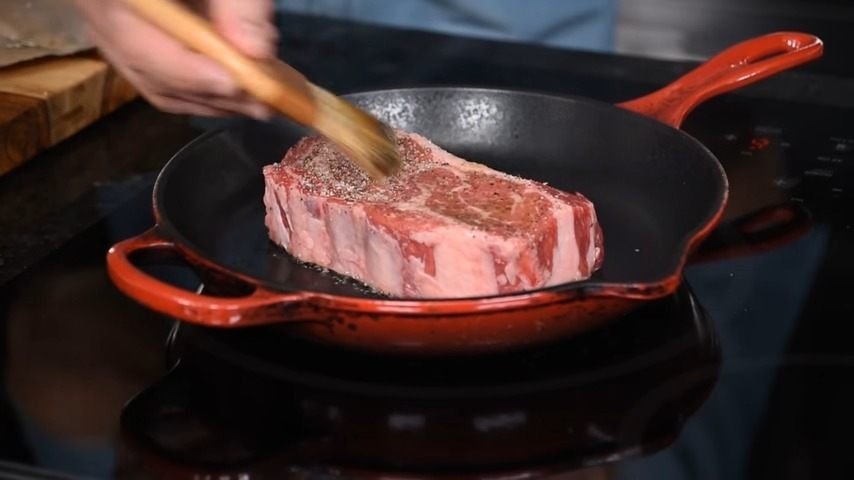


![How Long To Cook Short Ribs In Oven [FAQs and Tips]](https://shiftychevre.com/wp-content/uploads/2023/02/Oven-baked-beef-short-ribs-_-recipe-1024x575.jpg)